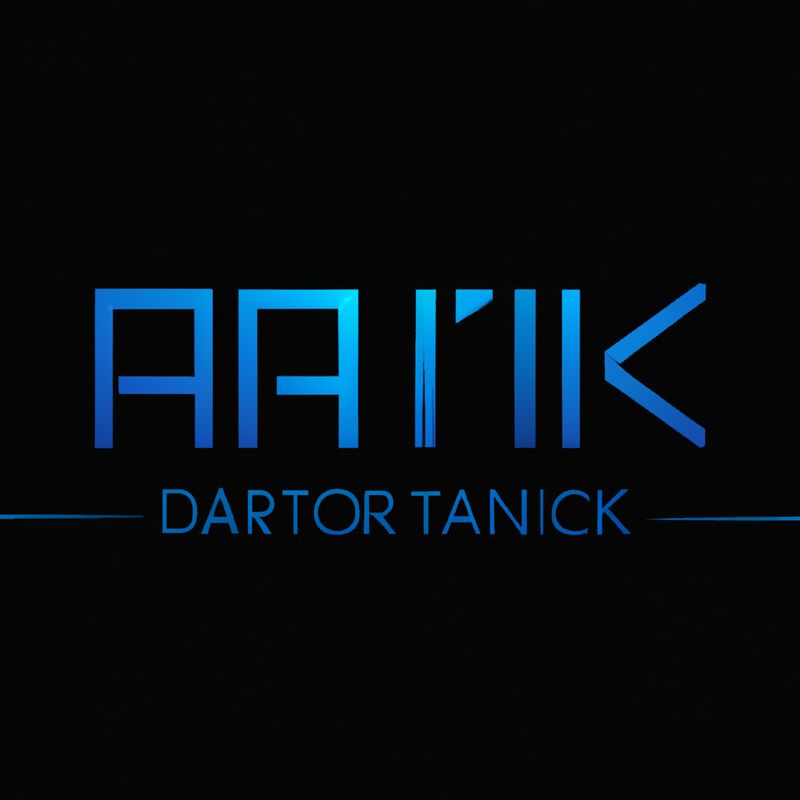Generative Artificial Intelligence: Harnessing the Power of ML for Creative Solutions

Generative Artificial Intelligence (GAI) is a rapidly evolving field of machine learning (ML) that seeks to create new, creative solutions to problems. GAI leverages ML algorithms to generate solutions that are both novel and useful. It has been used to create products, artwork, music, and even entire software applications. In this blog post, we will explore the power of GAI, its potential applications, and its implications for the future of creative problem-solving.
What is Generative Artificial Intelligence?
Generative Artificial Intelligence (GAI) is a branch of machine learning (ML) that focuses on creating new, creative solutions to problems. It uses ML algorithms to generate solutions that are both novel and useful. GAI is different from traditional ML algorithms in that it does not require a large dataset to be trained on in order to generate a solution. Instead, GAI algorithms are able to generate solutions from a small set of inputs. This makes GAI particularly useful for creative problem-solving tasks, as it can generate solutions that are not limited by existing datasets.
How Does Generative Artificial Intelligence Work?
Generative Artificial Intelligence works by leveraging a variety of ML algorithms to generate novel solutions to problems. The most common algorithms used in GAI are generative adversarial networks (GANs), variational autoencoders (VAEs), and recurrent neural networks (RNNs). GANs are used to generate new data from a given set of inputs, while VAEs are used to generate new data from a given set of inputs and a target output. RNNs are used to generate solutions based on a sequence of inputs, such as text or audio. GAI algorithms are also used for creative tasks, such as generating new artwork or music.
Applications of Generative Artificial Intelligence
Generative Artificial Intelligence has a wide range of potential applications. It can be used to generate new products, artwork, music, and even entire software applications. GAI can also be used to improve existing products and services. For example, GAI can be used to generate new ideas for product features or to create new user interfaces. Additionally, GAI can be used to generate new marketing campaigns or to optimize existing campaigns. Finally, GAI can be used to generate new insights from large datasets.
Implications of Generative Artificial Intelligence
Generative Artificial Intelligence has the potential to revolutionize the way we approach creative problem-solving. By leveraging the power of ML algorithms, GAI can generate solutions that are both novel and useful. This could lead to the development of new products, services, and insights that would otherwise be impossible to create. Additionally, GAI could lead to more efficient and effective marketing campaigns, as well as improved user experiences. Finally, GAI could lead to a more creative and innovative approach to problem-solving in general.
Conclusion
Generative Artificial Intelligence is a rapidly evolving field of machine learning that seeks to create new, creative solutions to problems. It has a wide range of potential applications, from product development to marketing to user experience optimization. GAI has the potential to revolutionize the way we approach creative problem-solving, leading to more efficient and effective solutions. As GAI continues to evolve, its potential applications and implications will only become more exciting.

